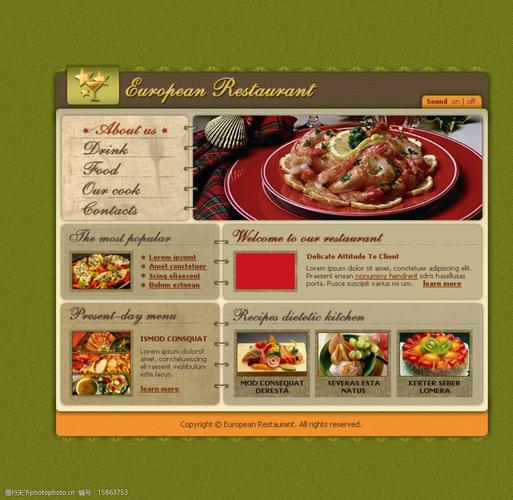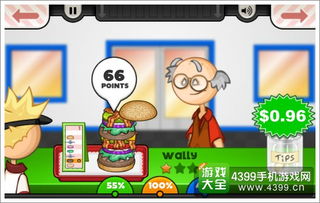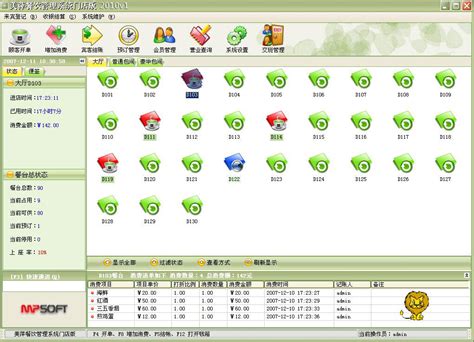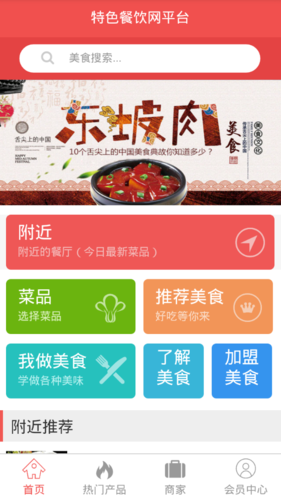Title: Essential English Vocabulary for Food and Beverage Merchants
In the dynamic world of food and beverage, mastering English vocabulary is crucial for effective communication and business success. Whether you're a restaurateur, a café owner, or a food vendor, having a solid grasp of industryspecific terms is essential. Below, you'll find a comprehensive guide to essential English vocabulary for food and beverage merchants, categorized for easy reference.
1. Menu Items:
Appetizers:
Starters or small dishes served before the main course.
Entrées:
Main courses or dishes served after appetizers.
Desserts:
Sweet dishes served at the end of a meal.
Beverages:
Drinks served alongside meals, including soft drinks, juices, and alcoholic beverages.
Specials:
Dishes that are not part of the regular menu, often seasonal or chef's specials. 2. Ingredients:
Produce:
Fresh fruits and vegetables.
Dairy:
Milk, cheese, butter, and other milkbased products.
Proteins:
Meat, poultry, fish, and tofu.
Grains:
Wheat, rice, oats, and other cereal crops used in cooking.
Herbs and Spices:
Flavorings such as basil, cinnamon, and garlic. 3. Cooking Methods:
Grilling:
Cooking over an open flame or hot surface.
Roasting:
Cooking in an oven with dry heat.
Boiling:
Cooking in water at a high temperature.
Sautéing:
Cooking quickly in a small amount of oil or butter.
Frying:
Cooking in hot oil or fat, either shallow or deep. 4. Kitchen Terminology:
Prep Station:
Area where ingredients are prepared before cooking.
Expeditor:
Person responsible for coordinating orders between the kitchen and serving staff.
Sous Chef:
Assistant to the head chef, often in charge of specific tasks or stations.
Line Cook:
Cook responsible for preparing specific dishes or components on the cooking line.
Dishwasher:
Person responsible for cleaning dishes and kitchen equipment. 5. Service Phrases:
Welcome:
Greeting customers as they enter the establishment.
May I take your order?:
Asking customers for their food and drink preferences.
Is everything okay with your meal?:
Checking on customer satisfaction during the meal.
Would you like dessert or coffee?:
Offering additional items at the end of the meal.
Here is your bill.:
Presenting the customer with the total amount owed. 6. Customer Interactions:
Friendly:
Warm and welcoming demeanor towards customers.
Attentive:
Paying close attention to customer needs and preferences.
Responsive:
Reacting promptly to customer requests or concerns.
Polite:
Using courteous language and behavior at all times.
Helpful:
Assisting customers with menu choices or special requests. 7. Special Dietary Needs:
Vegetarian:
A person who does not eat meat or fish.
Vegan:
A person who does not consume any animal products.
GlutenFree:
Foods that do not contain gluten, suitable for those with celiac disease or gluten intolerance.
Allergies:
Adverse reactions to specific foods or ingredients, requiring careful avoidance.Conclusion:
Mastering the English vocabulary relevant to the food and beverage industry is essential for effective communication, customer satisfaction, and business success. By familiarizing yourself with these key terms and phrases, you'll be better equipped to navigate interactions with customers, suppliers, and staff members in the everevolving world of culinary commerce.
Now, go forth and savor the richness of language as you embark on your journey in the realm of food and beverage entrepreneurship!









